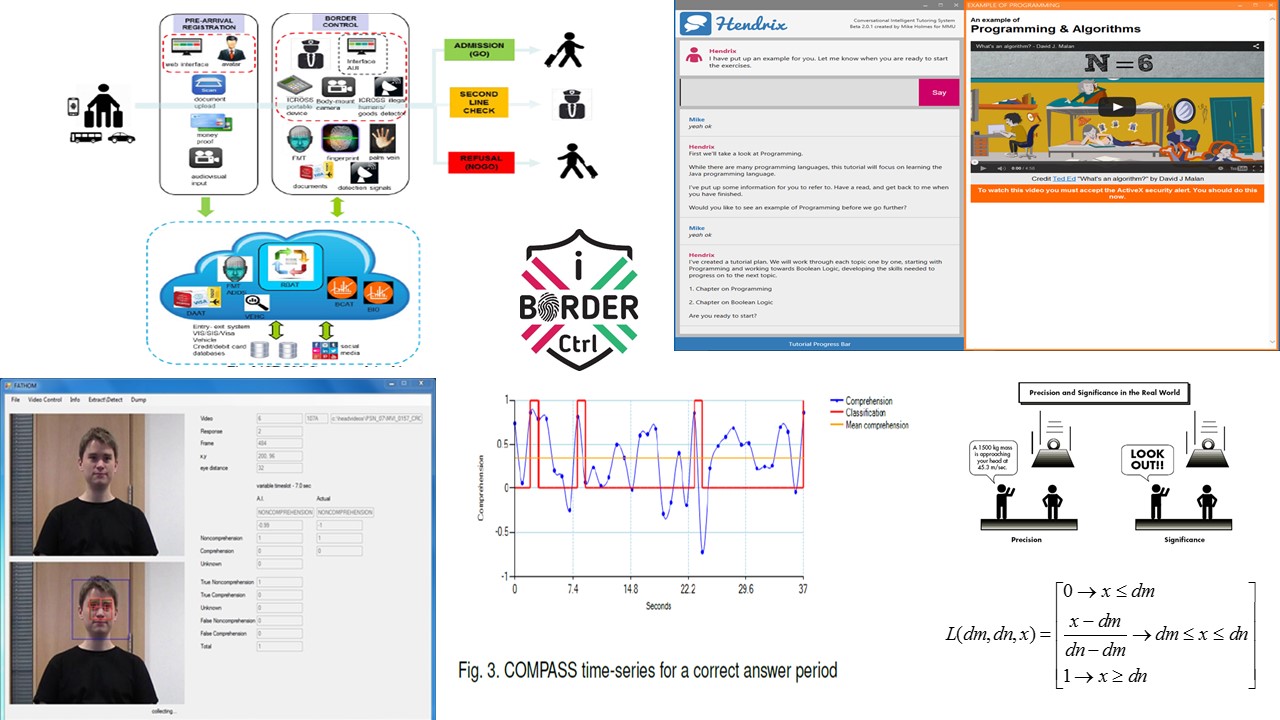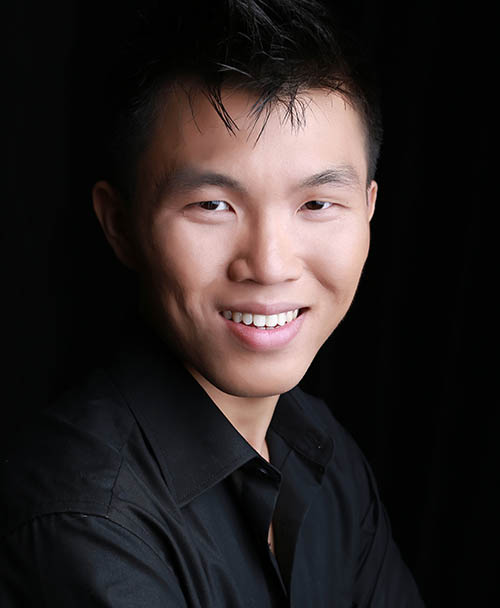offset iii – etude
Composer Bofan Ma and Dr Keeley Crockett collaborate on a piece called offset iii – etude, inspired by research into Artificial Intelligence
Scientist: Dr Keeley Crockett
Reader in Computational Intelligence

My research is fundamentally based in the field of Artificial intelligence.
My initial work looked at the world in shades of grey using Fuzzy logic to develop fuzzy decision trees which could make decisions within expert systems instead of relying on the binary decisions of computer logic.
Currently, I am working in the field of adaptive physiological profiling using machine learning techniques to find patterns in the non-verbal behaviour of humans to detect for example deception when being interviewed at a border crossing point or the comprehension of a student when studying a programming course using a conversational human tutor system.

Composer: Bofan Ma
 An enthusiastic composer with a great interest in multidisciplinary works, Bofan Ma’s doctorate research is to locate and thus compositionally prioritise a certain ‘deceptive’ relationship between the sound-making activities and the actual sound resulted from them.
An enthusiastic composer with a great interest in multidisciplinary works, Bofan Ma’s doctorate research is to locate and thus compositionally prioritise a certain ‘deceptive’ relationship between the sound-making activities and the actual sound resulted from them.
Having worked with ensembles/organisations including the Chinese Symphony Orchestra of Shanghai Conservatory of Music, London Sinfonietta, Ensemble Mise-en, Ensemble X.y, Music Theatre Wales, and the RNCM New Ensemble; Bofan’s music has been heard in many platforms across the globe, namely the Shanghai Spring International Music Festival; the Mise-en International Music Festival (New York); and the Hearing Art Seeing Sound International Festival (Yerevan, Armenia).
Despite all the differences in vocabulary and methodologies, both Bofan and Keeley’s researches tend to explore the nuances between different types of expressions that could easily be neglected.
The project is centred around a presumption where a live musical performance is somehow similar to a border crossing scenario. That said, the audible (sound) and the visible (performance physicality) can also be paired with the verbal and the non-verbal. And whilst the non-verbal affects the credibility of the verbal; the visible also changes the way the audible is eventually delivered. Hence plenty of contradictory information is projected throughout the piece, and an enhancement of the interactions between different parameters is also evident.
Being regarded a pilot experiment, this piece will undoubtedly enact further overlaps between the two research methodologies. We will then formulate a sequence of extended studies where AI can potentially be involved within a musical context.

